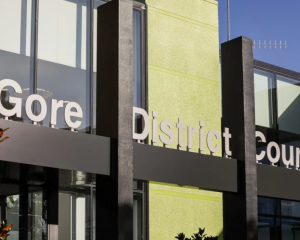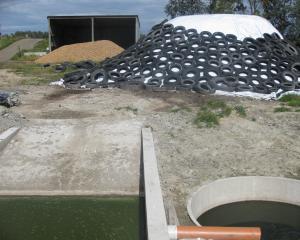
We’re seeing headline after headline of rates increases across the country at the moment. In some ways it is no surprise — as farmers we are well aware of inflation, and councils aren’t immune to that. But are councils tightening their belts the way we have to with our personal finances when times gets tough?
It is pretty easy just to demand more money when you don’t have to do the physical work to generate it. There seem to be so many “nice to have” projects being bandied around. The red line is being drawn through those in our personal and farming budgets, and in all sorts of business – is it in your local council plans? It’s not just rates — we’re seeing increasing fees for all manner of things too.
All this needs to be questioned. Ratepayers aren’t just a bottomless money pit to keep demanding more from.
Some of the projects and fee generating activities are driven by government legislation, so it is good to see the new government drawing red lines through a bunch of non-essentials. Councils need to take note of this, and where they see signals coming from government, they need to pause, slow down or change direction if their plans and spending are going in a direction that is no longer so certain.
Environment Southland’s long-term plan has several red flags for us, but an overarching concern is the massive shift in approach on how rates are gathered. To date, rates have been heavily targeted ‘using a user-pays philosophy. This has been based on environmental impact and benefits from infrastructure such as flood banks.
In this new proposed plan, the rates are being reallocated based on capital value. We strongly encourage you to get on the website and look at what this means for you using the rates predictor calculator. There are definitely winners and losers. In most cases the “winners” are those near the rivers who have been paying a higher proportion of rates in relation to the “benefit” they receive from the flooding infrastructure. The major “losers” are people whose property is not at risk from the rivers, and those who have invested in capital infrastructure — in some cases for the benefit of the environment (such as wintering barns).
There’s no doubt some redistribution is needed as we all benefit from and should invest in flood mitigation. But we think council has gone too far and thrown the baby out with the bath water. We strongly encourage you to have a look, decide for yourself, and make a submission with your feedback.









